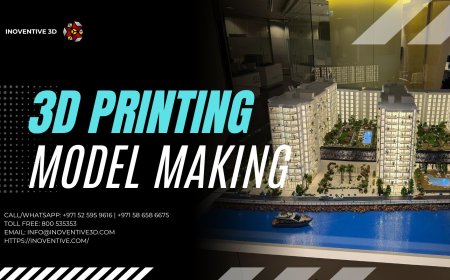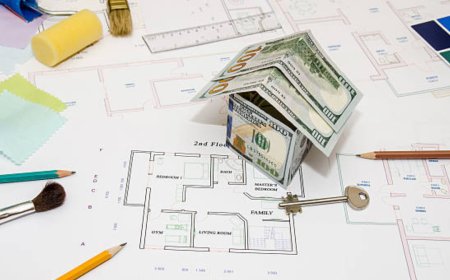Construction Estimation Strategies: Win Bids & Control Project Costs
Explore advanced construction estimation strategies to win competitive bids, manage risks, and control costs. Learn how tools, templates, and real-time data can elevate your pre-construction planning and ensure profitable project execution.

Construction Estimation Strategies: Win Bids & Control Project Costs
In construction, profitability often hinges on what happens before the first shovel hits the ground. Construction estimation plays a pivotal role in determining whether a project succeeds or suffers from budget overruns and scheduling nightmares.
Winning bids and delivering on promises require more than ballpark numbersit demands a strategic, data-driven approach to estimation. In this guide, well explore advanced strategies to improve your cost forecasting, from using the right templates and tools to incorporating historical data and managing risks.
Why Strategic Estimation Matters
Estimation is no longer just a backend process to support bidsit's a forward-looking function that drives decision-making at every level. A strategic estimator can:
-
Win more projects by submitting accurate, competitive bids
-
Prevent losses by identifying cost risks early
-
Align project timelines with available resources
-
Strengthen stakeholder confidence
Core Elements of Strategic Estimation
Lets break down what sets strategic estimators apart from the rest:
1. Template-Based Consistency
Using standardised templates for recurring projects (e.g., kitchens, garages, or office fit-outs) reduces errors, speeds up the process, and maintains consistency across projects.
2. Historical Data Usage
Historical datalike unit costs, crew productivity, and past job performanceserves as a benchmark. This helps avoid underbidding and allows for more accurate labour and material forecasting.
3. Location-Based Cost Adjustment
Construction costs vary by region. Strategic estimators adjust figures based on labour rates, local suppliers, weather delays, and permitting requirements specific to the projects location.
4. Risk Contingency Planning
Every estimate should include a risk buffer. This isn't paddingits intelligent planning. Consider including 515% contingencies for:
-
Unforeseen site conditions
-
Design changes
-
Supply chain delays
Using Technology for a Competitive Edge
Estimation software isn't just about automationits about insights. Here are some tools leading contractors rely on:
-
Trimble Estimation Ideal for MEP contractors; great at integrating field data.
-
STACK Offers real-time collaboration and digital takeoffs.
-
RSMeans Data Online Useful for adjusting costs by zip code.
-
Buildertrend Combines estimating with project management.
-
Procore Estimating Excellent for tracking estimate vs. actual cost.
These tools help reduce guesswork, centralise your data, and improve transparency with clients and stakeholders.
Tips to Improve Estimation Accuracy
Here are actionable strategies that improve accuracy and efficiency:
Involve the Field Team Early
Your project managers, site supervisors, and foremen often spot blind spots in an estimate. Use their insights to refine material usage, task sequencing, and productivity rates.
Break Down the Estimate by Phases
Dividing a project into clear phases (e.g., demolition, framing, MEP, finishes) helps track costs more precisely and adapt quickly when delays or overruns occur.
Track Estimate vs. Actual
After each project, compare the original estimate to actual costs. Learn from discrepancies and adjust your pricing models accordingly.
Common Estimating Mistakes to Avoid
Even experienced estimators fall into traps. Watch out for these:
-
Overlooking soft costs like permits, legal fees, or insurance
-
Failing to update material prices regularly
-
Not including subcontractor change orders in the initial scope
-
Using outdated templates or unit rates from past years
-
Ignoring site access logistics that increase equipment time
Case Study: How Better Estimation Won a $2.5M Project
A regional commercial contractor used STACK and ProEst to refine their estimating workflows. By combining cloud-based takeoffs with real-time material price updates and historical labour data, they reduced estimation errors by 30% and submitted a highly competitive, accurate bid. The result? They won a $2.5M office renovation contract with only 3% variance from estimated to actual costs.
The Future of Construction Estimation
With advances in AI, BIM integration, and cloud collaboration, estimation is becoming even more dynamic. Estimators will increasingly play a key role in strategic planning, preconstruction workflows, and risk forecasting.
Conclusion
Construction estimation is more than crunching numbersits about creating a solid foundation for the entire project. With a strategic approach, powerful tools, and continuous refinement, you can position your business to win more bids, control costs, and increase profitability on every project.






























